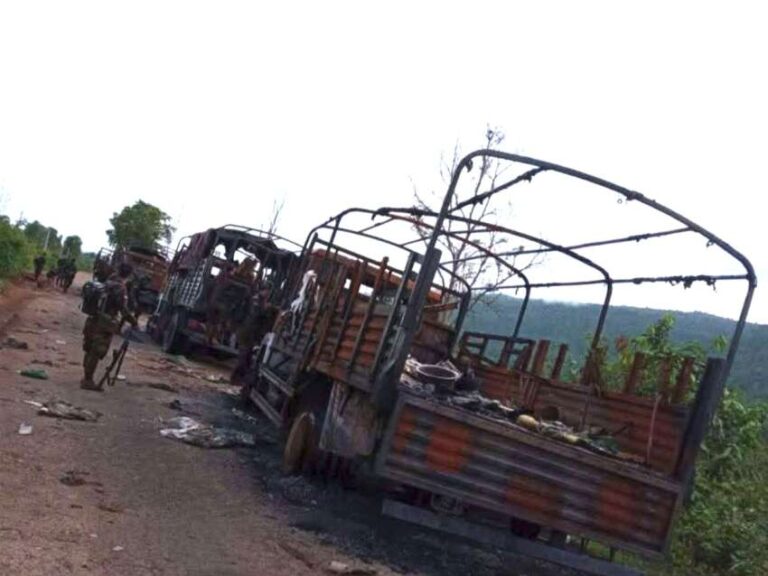
Officials and staff from the Ministry of Hotels and Tourism, Ministry of Foreign Affairs, and Ministry of Immigration and Population have temporarily relocated to their respective offices in Yangon following the devastating earthquake that struck Naypyidaw on March 28. Staff sources have confirmed that the relocation was necessary after their ministry buildings suffered complete destruction in the earthquake. The temporary move to Yangon’s backup offices aims to ensure the continuation of essential government operations during the reconstruction period.
According to staff sources, the damaged ministry buildings in Naypyidaw are scheduled to be rebuilt within the next six months. The current relocation to Yangon offices is strictly temporary, lasting only for the duration of the reconstruction period. Once the new buildings are completed, all staff members will be required to return to their posts in Naypyidaw. Additionally, employees from other ministries whose buildings were damaged in the earthquake are expected to relocate to their respective backup offices in Yangon in the near future. It has been emphasized that this temporary relocation does not signify a permanent shift of administrative functions to Yangon, but rather serves as an interim measure to maintain governmental operations during the reconstruction phase.
The March 28 earthquake caused extensive damage across the country, with official reports indicating significant losses to infrastructure and buildings nationwide. The scale of destruction includes more than 60,000 residential buildings, 3,514 monasteries and nunneries, 2,366 schools, 3,678 government office buildings, 155 bridges, and 5,620 pagodas and stupas. These widespread damages have had considerable impact on both the country’s economy and administrative functions, prompting urgent reconstruction efforts. The temporary relocation of ministry staff to Yangon represents one of many measures being implemented to maintain governmental operations while recovery efforts continue in Naypyidaw. The situation highlights the significant challenges faced in maintaining administrative continuity while dealing with the aftermath of natural disasters, particularly in areas where government infrastructure has been severely impacted.



